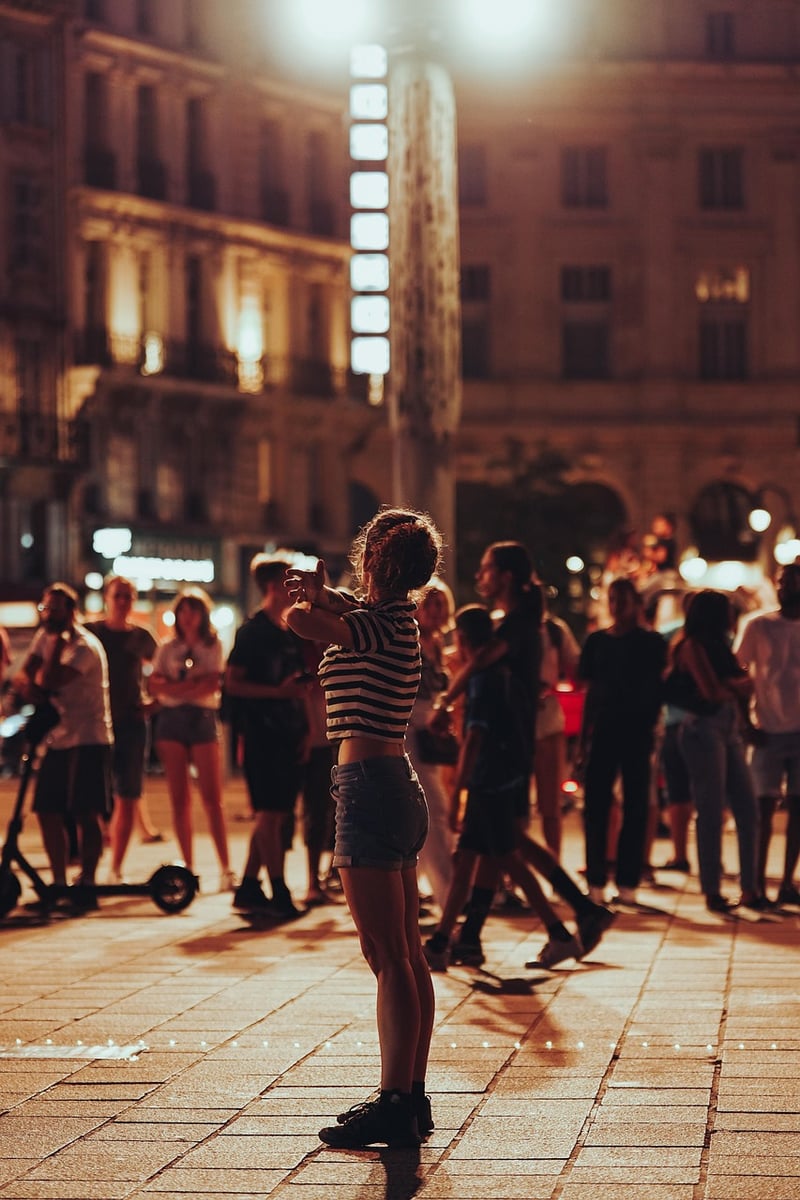Hip Hop
The Art of Expressive Movement in Hip Hop
Hip hop dance is more than just a genre of music; it's a cultural phenomenon that incorporates various styles of movement and expression. One of the key elements that sets hip hop dance apart is its emphasis on expressive movement. In this article, we'll explore how expressive movement plays a vital role in hip hop dance forms, allowing dancers to convey emotion, tell stories, and showcase their individuality.
What is Expressive Movement in Hip Hop?
Expressive movement in hip hop involves using the body to communicate emotions, ideas, and narratives. Dancers often incorporate gestures, facial expressions, and body language to convey a message or evoke a feeling. This form of movement allows dancers to connect with the music on a deeper level and engage with their audience in a more meaningful way.
Styles of Expressive Movement in Hip Hop
There are several styles of expressive movement within the realm of hip hop dance, each with its own unique characteristics:
- Popping: A style that emphasizes quick contractions and relaxations of the muscles, creating a popping effect that syncs with the beat of the music.
- Locking: Known for its distinctive arm and hand movements, locking is a high-energy style that incorporates elements of pantomime and storytelling.
- Breaking: Originating from the streets of New York, breaking involves acrobatic movements, footwork, and freezes, often used to express personal narratives or challenges.
- Waacking: Characterized by fluid arm movements and poses, waacking is a style that exudes confidence and sass, often used to convey empowerment and strength.
Embracing Individuality Through Movement
One of the core principles of hip hop dance is the celebration of individuality. Expressive movement allows dancers to showcase their unique style, personality, and creativity. Whether it's through intricate footwork, dynamic body isolations, or emotive gestures, dancers use movement as a form of self-expression and personal storytelling.
Expressive Movement in Performance
When performing hip hop choreography, dancers often use expressive movement to enhance the storytelling aspect of their routine. By syncing their movements with the lyrics, rhythm, and mood of the music, dancers can create a powerful and compelling performance that resonates with the audience on an emotional level.
Conclusion
Expressive movement is at the heart of hip hop dance, allowing dancers to connect with the music, express their emotions, and share their stories with the world. Through styles like popping, locking, breaking, and waacking, dancers can showcase their individuality and creativity, making hip hop dance a vibrant and dynamic art form.
So next time you watch a hip hop dance performance, pay attention to the expressive movements and gestures that add depth and meaning to the choreography.

Keep grooving and expressing through the power of movement!
